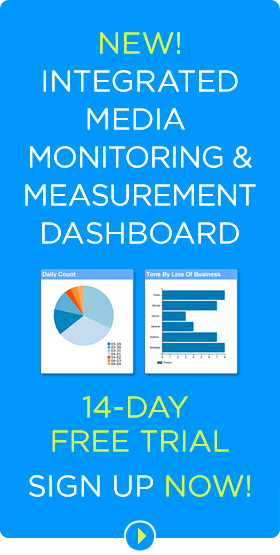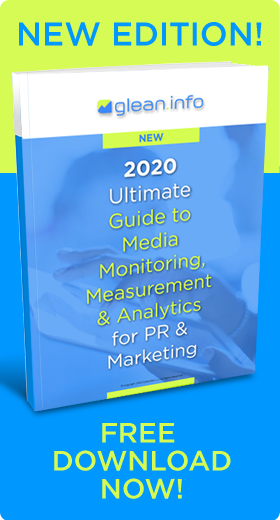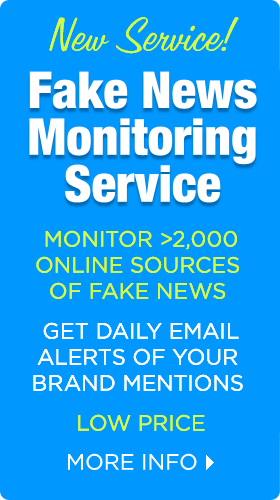 Before you begin crafting your public relations communications, ask yourself “Who cares?”
Before you begin crafting your public relations communications, ask yourself “Who cares?”
It’s not a flippant question. So your company has an innovative product. Your product solves a difficult problem, or your company’s service is lauded as the best in the world. Who cares?
Not everybody cares about your press announcement, blog post or other content. In fact, relatively few are truly interested. You may not want everyone to care about your news.
The process of determining who cares about your PR content is what’s called audience identification. It’s one of the first steps in message planning and is necessary to create messages.
Audience identification has become more important than ever following the rise of digital outlets and social media. Granular communications, sometimes practically approaching one-to-one conversations, have replaced the old practices of mass commutations.
Steps to Audience Identification
Experts advise following these steps to identify your audience and answer the question “Who cares?”
∙ Define the value of your organization’s product or service. What does it have to offer? Explain what distinguishes it from competitors.
∙ Analyze the demographics of your audience. Consider gender, location, age, job, income and other factors. In addition, learn about lifestyles and values. If you’re lucky enough to have the data, you can continue to segment audiences into smaller groups.
∙ Find what media your identified audiences consume, where they obtain their information, and what media outlets they trust.
∙ Research the competition’s customers to seek insights into your customers and potential. Find if they have the same demographics as your potential customers or if they differ.
∙ Separate your audience into different categories. PR professionals have different audiences, in addition to customers, who have different reasons for caring about your organization and what it provides.
Identifying the Many Different Audiences
Different audiences have different reasons for caring about your organization and want to receive different information about your company and its products.
These are the main audience groups.
Customers. This group includes current and prospective customers. B2B companies divide this group into product users and decision makers, such as department heads or CEOs. Established companies can start by examining their current customers. Identify your best customers — those who appreciate your product and are willing to pay for it. Research why they choose your product and how they first discovered it.
Influencers. Influencers are people who were involved in customers’ purchase decisions. This group can be segmented further. Turn to sales and marketing teams to understand these groups. Sometimes you can create the same message for different influencer types; other times you must devise different messages.
Employees. Include prospective employees in this group. Employees can serve as your brand messengers. If they understand your desired message, they can better relay it to others. Of course, employees have different levels of interest about your organization and different information needs.
Investors. For public and venture-backed companies, the investors are, almost by definition, a crucial target audience. Understand their desires and interests and what communications they expect. Compare your investor communications to those of noted companies such as Berkshire-Hathaway and Cisco. Design some communications for potential investors who are already interested in your industry.
Media. Segment this important audience between print and digital publications, general and trade outlets, and publications serving niche audiences. Learn the specific outlet and reporter when you’re trying to reach a specific audience.
Analysts. These include financial analysts who are interested in your share price and research analysts who cover your industry. For public companies, it’s crucial for PR and/or the investor relations staff to be familiar with all relevant analysts and to keep them informed.
Special interest groups. This covers a diverse range of groups, including community, consumer, and business organizations. Some groups may be intrinsically opposed to your organization or may have influence over your customers.
Government. Compliance with government regulations is a major issue in many industries, such as health care, financial services and utilities. For many businesses, government rules raise local issues like zoning approvals for new stores.
Bottom Line: In order to develop the right messages and determine the best communication channels, the PR staff must first identify the organization’s key audiences. That crucial step requires research into the different needs and preferences of the many audience groups PR must serve. Identifying the organization’s audiences, however, becomes a worthless exercise if you then neglect to develop communications strategies and campaigns targeted at each audience and segment.
Resources
The Most Important Marketing Question: Who Cares?
Social Media Today
Find and Define Your Audiences
Journalistics
Four Tips to Find Your Target Audience
LTPR
William J. Comcowich founded and served as CEO of CyberAlert LLC, the predecessor of Glean.info. He is currently serving as Interim CEO and member of the Board of Directors. Glean.info provides customized media monitoring, media measurement and analytics solutions across all types of traditional and social media.




